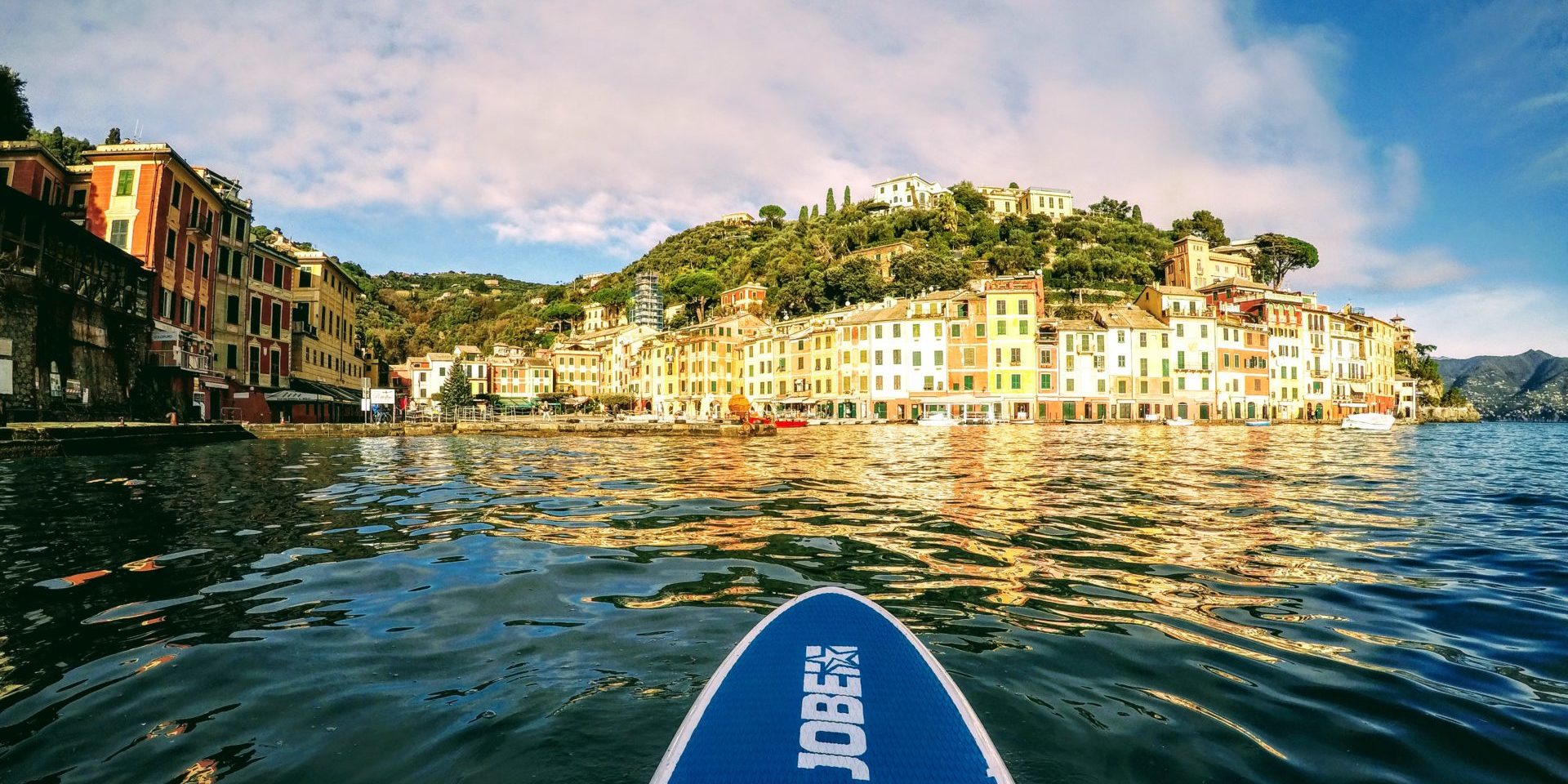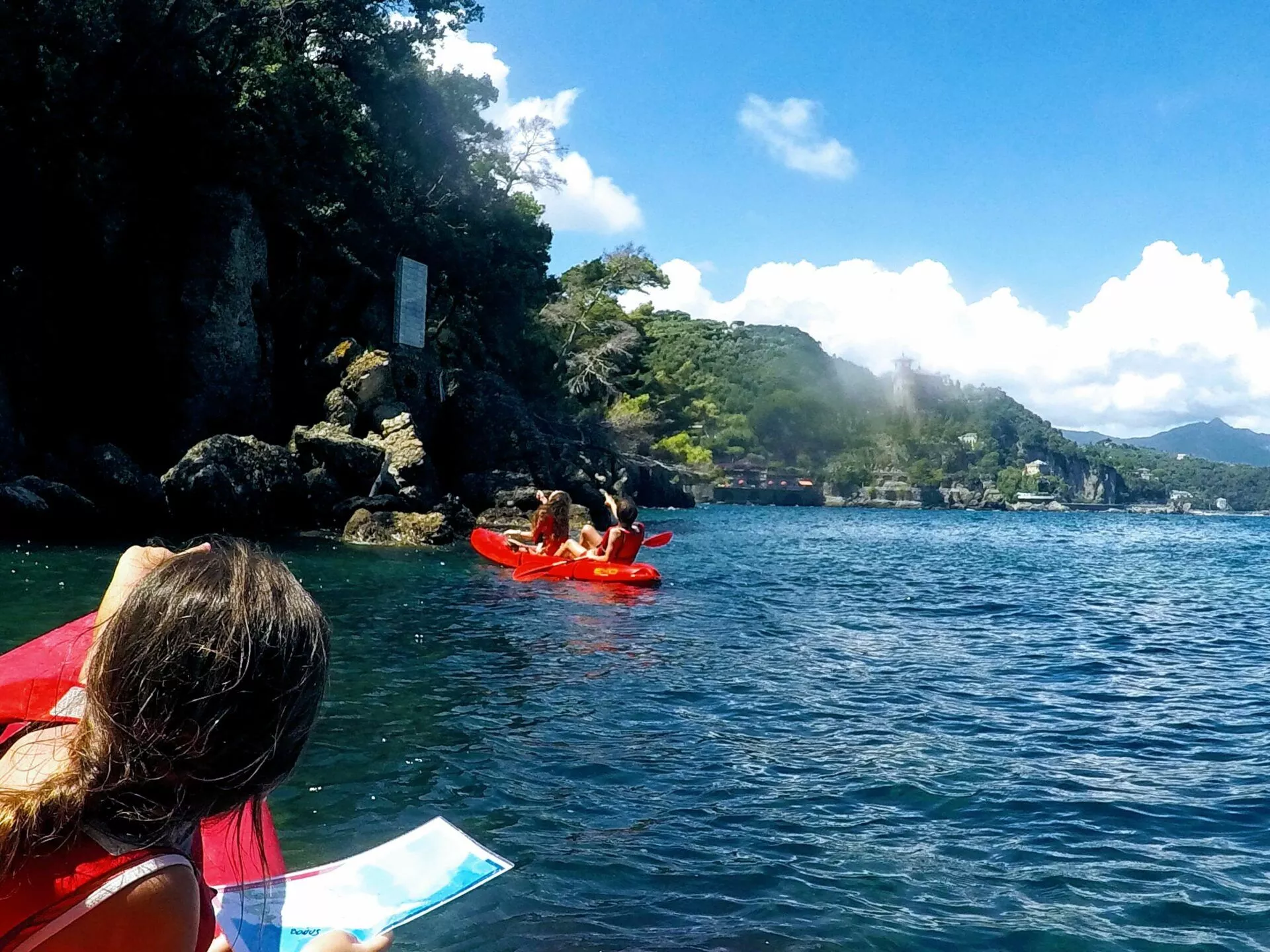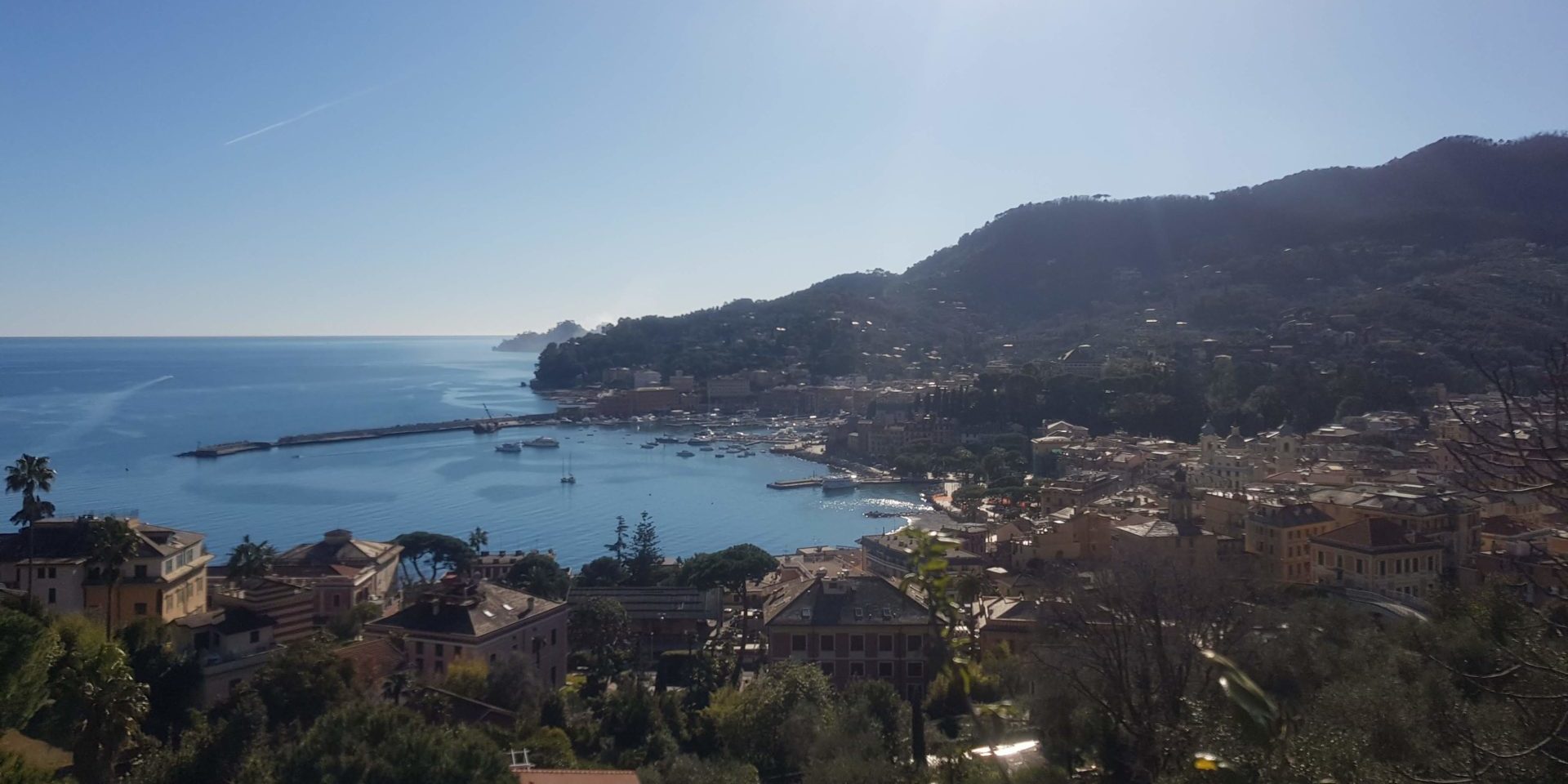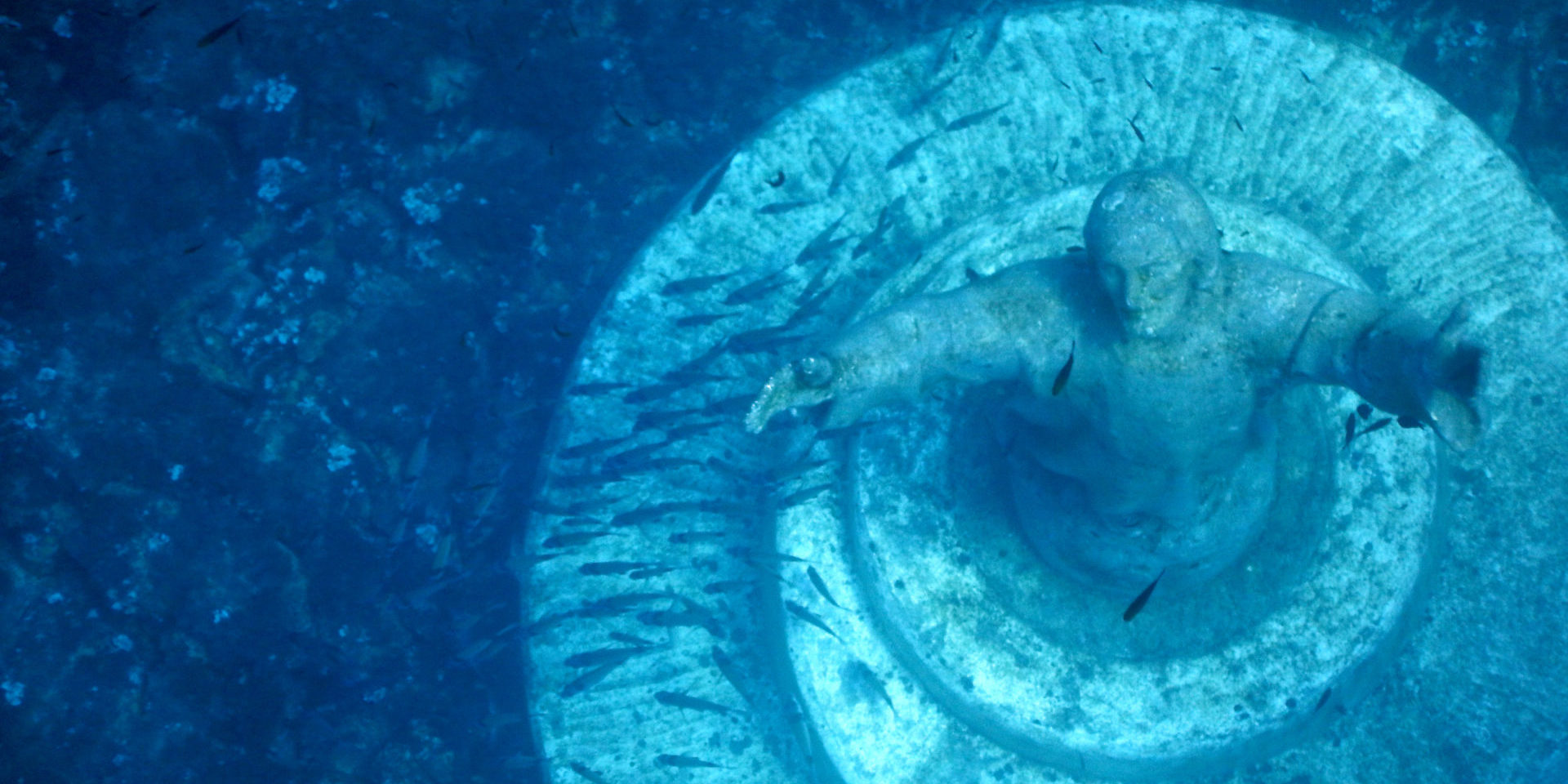The history of Portofino: a chat with the expert
The history of Portofino. Today let’s talk about some of the curiosities that regard Portofino and its history, with the help of a very special guest.
This characteristic and colourful seaside village is set in a tiny bay that has a unique conformation – surrounded by the lush greenery of the eponymous Mount and by the turquoise waters of the Protected Marine Area.
For years now we have been accompanying people from all over the world with our tours, helping them to discover the territory’s nature. Stimulated by their curiosity and their questions, we have also found out all about the great historical and cultural patrimony that envelops us. And today, it is wonderful to be able to transmit to whoever we have in front of us this complete 360° view of Portofino and its surroundings.
In this blog, we have already discussed what to see in Portofino, giving you some insider tips so that you can better organize your trip, in a more original way.
In order to find out more about the village’s history, who better to ask than Marco Moraglio, a passionate expert of both our territory and the great outdoors.Marco is a historian and, like us, is both a nature-lover and outdoor enthusiast. He combines these passions of his – history, sport and nature – in his activity as an excursion leader and tour guide in Liguria and further afield. In fact Marco takes his talents all over the world, through Italy, Iran, Morocco, Ethiopia and Ladakh. During his travels he accompanies groups of people towards new experiences, amongst which trekking, nature and discovering local culture. We met him through the CRABS project and immediately felt that he was a kindred spirit, thanks to the values of sustainability and education that we all share.
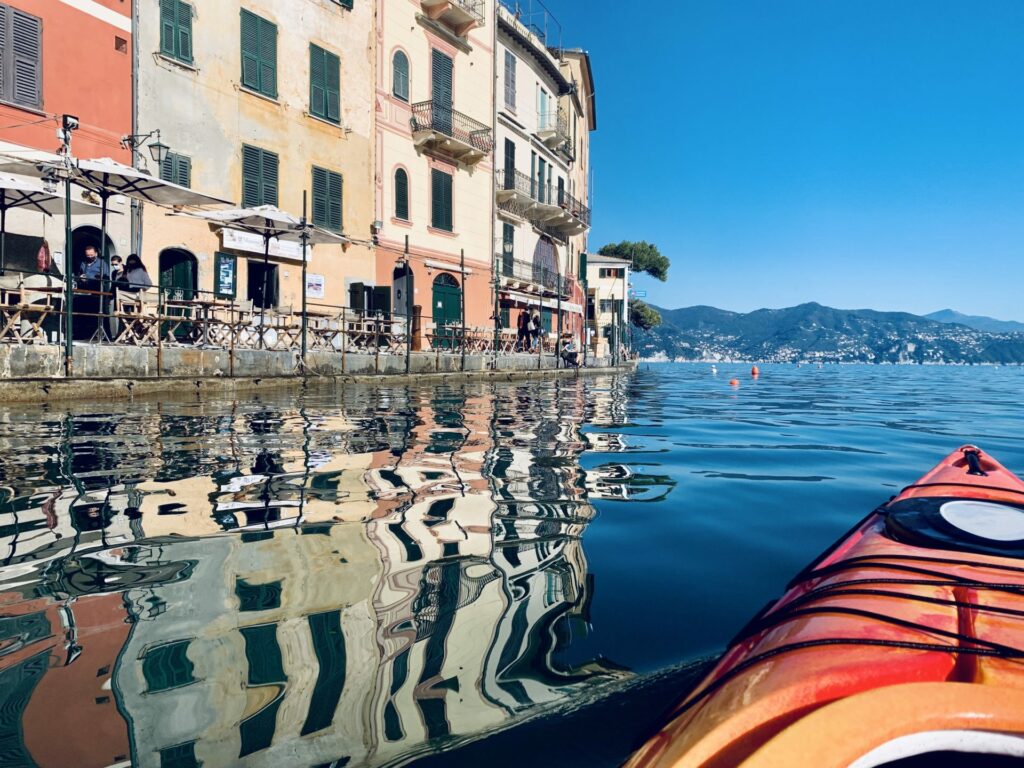
Portofino’s history: its origins and most important monuments
Hi Marco! The village of Portofino is famous the world over, thanks to its exclusive and chic image. But scratching beneath the surface of this image, what can you tell us about the origins of this little town?
Portofino’s history is very interesting. In particular, its origins are shrouded in a sort of aura of mystery which is always fascinating. We are sure that the original nucleus of Portofino is extremely ancient but, the truth is, we don’t know exactly how old it is! In fact, whilst it’s true that some experts think that everything points to Phoenician, Greek or Roman origins (this subject is very broad and in-depth, hard to summarise in just a few lines), others have calculated that the first settlements arrived in even earlier epochs. Plus thanks to its morphology, it’s possible that the fact that this place is so well protected from the elements meant that it was exploited even before that.
For sure we know that the ancient Ligurian populations, or at least the Ligurian-Celts, inhabited the area. For example, we are sure that the Tigullians practised sea commerce here starting already in the 8th century B.C.
The suggestion that Portofino was used as a safe harbour is confirmed clearly from the documentation available and is even found in very well-known texts. One example is the famous “Naturalis Historia” by Pliny (1st century A.C.) which cites, amongst other places, the very same Portus Delphini (Port of the Dolphins). It is not by chance that, still today, in the grey brick herald under the castle we can admire the representation of a beautiful dolphin swimming in the sea.
Which are the three historical monuments that for you best represent Portofino? Tell us some more about their history.
The church of “Divo Martino”
In the Portofino area there are many interesting places and it’s very hard to choose which are the most representative! I do though feel obliged to mention the Church of “Divo Martino” dedicated to Saint Martin of Tours (4th century A.C.) first of all. This is situated in the most ancient part of the village of Portofino, even though naturally its current state owes to revisions made in the 19th century. All the same, it was originally constructed in the 10th century, given as a gift by Queen Adelaide to the monks of San Fruttuoso Abbey.
Cervara Abbey
The second monument without a doubt is the Convent of San Girolamo at the Cervara whose construction began in 1361. After a difficult period, characterized by the conflict between the Guelphs and the Ghibellines, which damaged the building, in 1420 the convent was handed over to the Benedictine monks of Cassino. Numerous famous people visited the monumental complex, from Petrarch (who expressly cites Portofino in his work “Africa”), to Pope Gregory XI (the last of the Avignon popes), to Saint Catherine of Siena and, against his will, Francis I of France who was held prisoner here in 1525. In the Middle Ages, this place was known as the Silvaria (from silvas, the Latin word for ‘‘woods’’), because of the dense vegetation. Later on the term Silvaria was Italianized into the name Cervara.
The Portofino Mount battery complexes
The third site of interest is that of the Portofino Mount battery complex. These military structures were built in 1941 by the Royal Italian Army in order to defend the city of Genoa from naval attacks. We are talking about an extremely important system that included many different buildings, amongst which stick out in particular the three cannon positions, the anti-aircraft artillery area and the protected firing points, without forgetting the sick bay and dormitories.
(We also describe the battery complex in this article about Camogli and 6 secret places to discover)

Portofino history: the Castle of a thousand faces
Castle Brown is certainly one of the most important monuments. During balmy days on the sea, it’s always a pleasure to find new angles from which to discover it’s view. Reading its history, it seems that it has lived many different lives and survived the most important events of history. Let’s find out more about it.
A bit like we have seen for all of Portofino, the famous Castle Brown too has a long and interesting and chequered history. Excavations in the 1950s discovered remains that dated back to the 2nd or 3rd century A.C., probably corresponding to an observation tower. The castle itself was thought to have been built around the 10th century.
Starting in 1425, it was controlled by the Visconti of Milan, however just a few years later the Castle returned under the Genoese domain. From that moment on began a long history full of anecdotal events, such as the episode in 1435 when the castle played its part in defending the Maritime Republic of Genoa from an attack from the Venetian fleet.
Between renovations and extensions, in 1797, after the Napoleonic conquest of Liguria, the castle structure came under the control of the French.
After the Congress of Vienna and the consequent passage of Portofino, first to the Kingdom of Sardinia and then to the Kingdom of Italy, the castle lost its strategic importance and was slowly but surely decommissioned.
In the second half of the 19th century, the English Consul Montague Yeats Brown fell in love with it after having seen it from the sea and vowed to purchase it. Without distorting it, the building was completely transformed by him into a private residence. It’s interesting to discover that the two pine trees that grow inside the structure were planted on the terrace in 1870 by Brown himself on his wedding day – one for him and one for his bride.
Finally, in 1961, the Castle became property of Portofino Municipality.
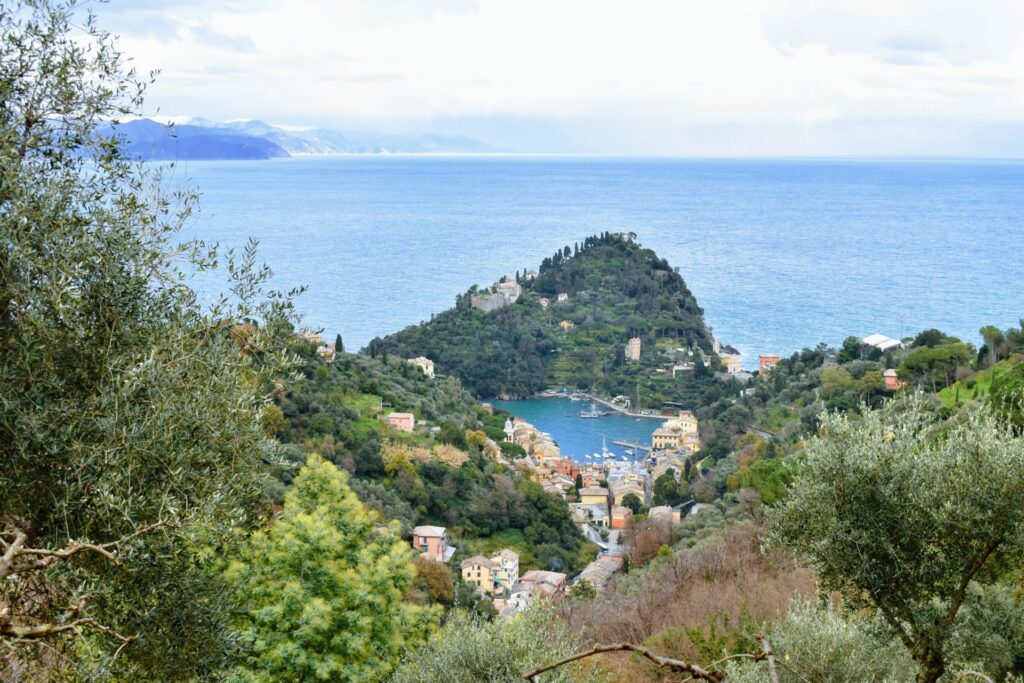
Portofino history: the hermitage of Niasca
Portofino also means the surrounding territory. Recently the Hermitage of Niasca reopened its doors, just above our water sports headquarters. Could you tell us about its mysterious past?
Immersed in peace and quiet, the Sant’Antonio hermitage has welcomed tiny communities of hermit monks since the 15th century. We know that the current building was built on the site of a church and hermitage from Medieval times, about which we know very little. In fact we are not even completely sure about the exact position of that church.
Once again, however, the history of the village gets mixed up in the most important European events of the time. It was in fact Napoleon who put an end to its religious function. Later on in the middle of the 19th century a nobleman, Giacomo Baratta, then renovated and extended the buildings, completely transforming the facility.




